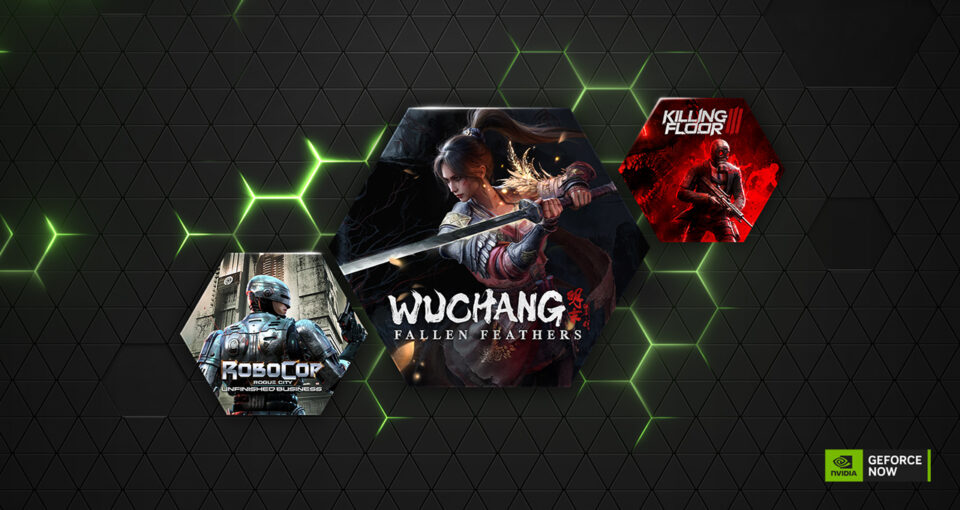
The forecast this month is showing a 100% chance of epic gaming. Catch the scorching lineup of 20… Read Article

The forecast this month is showing a 100% chance of epic gaming. Catch the scorching lineup of 20… Read Article
This GFN Thursday rolls out a new reward and games for GeForce NOW members. Whether hunting for hot new releases or rediscovering timeless classics, members can always find more ways… Read Article
GeForce NOW is throwing open the vault doors to welcome the legendary Borderland series to the cloud. Whether a seasoned Vault Hunter or new to the mayhem of Pandora, prepare… Read Article
GeForce NOW is a gamer’s ticket to an unforgettable summer of gaming. With 25 titles coming this month and endless ways to play, the summer is going to be epic…. Read Article
GeForce NOW is supercharging Valve’s Steam Deck with a new native app — delivering the high-quality GeForce RTX-powered gameplay members are used to on a portable handheld device. It’s perfect… Read Article
GeForce NOW is turning up the heat this summer with a hot new deal. For a limited time, save 40% on six-month Performance memberships and enjoy premium GeForce RTX-powered gaming… Read Article
Steel clashes and war drums thunder as a new age of battle dawns — one that will test even the mightiest Slayer. This GFN Thursday, DOOM: The Dark Ages —… Read Article
NVIDIA today received multiple accolades at COMPUTEX’s Best Choice Awards, in recognition of innovation across the company. The NVIDIA GeForce RTX 5090 GPU won the Gaming and Entertainment category award;… Read Article
Calling all wiseguys — 2K’s acclaimed Mafia franchise is available to stream from the cloud. Step into the gritty underworld of organized crime and experience the cinematic storytelling and action-packed… Read Article